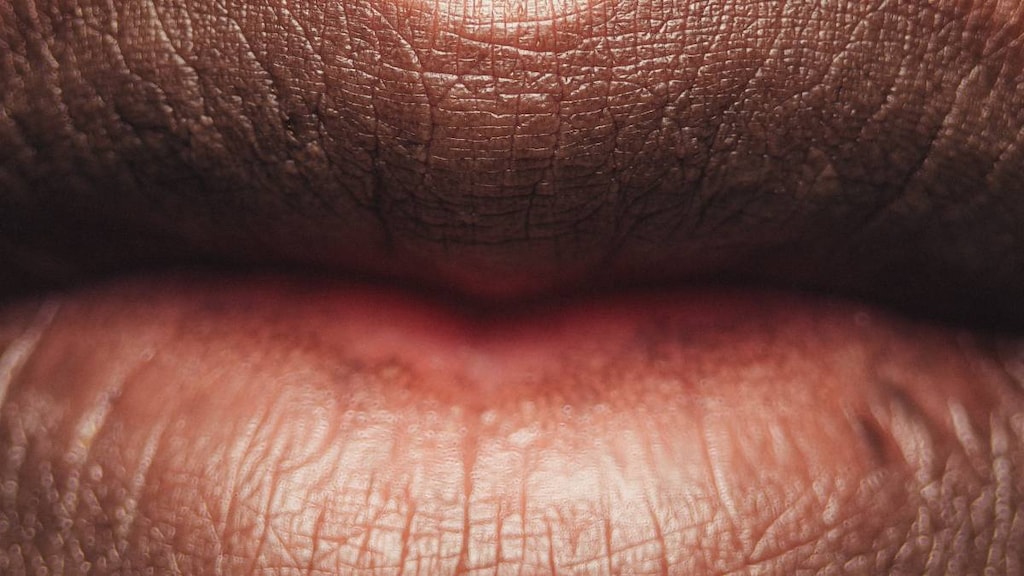Dosage Forms
Excipient information presented when available (limited, particularly for generics); consult specific product labeling.
Applicator sticks, topical: Silver nitrate 75% and potassium nitrate 25%
Solution, topical: 0.5% (960 mL); 10% (30 mL); 25% (30 mL); 50% (30 mL)
Pharmacology
Mechanism of Action
Free silver ions precipitate bacterial proteins by combining with chloride in tissue forming silver chloride; coagulates cellular protein to form an eschar; silver ions or salts or colloidal silver preparations can inhibit the growth of both gram-positive and gram-negative bacteria. This germicidal action is attributed to the precipitation of bacterial proteins by liberated silver ions. Silver nitrate coagulates cellular protein to form an eschar, and this mode of action is the postulated mechanism for control of benign hematuria, rhinitis, and recurrent pneumothorax.
Pharmacokinetics/Pharmacodynamics
Absorption
Because silver ions readily combine with protein, there is minimal GI and cutaneous absorption of the 0.5% and 1% preparations
Excretion
Highest amounts of silver noted on autopsy have been in kidneys, excretion in urine is minimal
Use: Labeled Indications
Astringent, cauterization of wounds, germicidal, removal of granulation tissue, corns, and warts
Contraindications
Hypersensitivity to silver nitrate or any component of the formulation; not for use on broken skin, cuts, or wounds
Dosage and Administration
Dosing: Adult
Antiseptic, wound cauterization: Topical:
Sticks: Apply to mucous membranes and other moist skin surfaces only on area to be treated
Topical solution: Usual: Apply a cotton applicator dipped in solution on the affected area 2-3 times/week for 2-3 weeks.
Dosing: Geriatric
Refer to adult dosing.
Dosing: Pediatric
Antiseptic, wound cauterization, degranulation of tissue (warts, corns): Note: Specific application techniques, frequency, and duration may vary with specific use (eg, warts vs burns); refer to institutional protocols.
Children and Adolescents (Ebrahimi 2007; Kwok 2012; Tompkins 1988): Topical:
Sticks: Apply to mucous membranes and other moist skin surfaces only on area to be treated
Topical solution: Apply a cotton applicator dipped in solution on the affected area 2 to 3 times/week for 2 to 3 weeks
Administration
Applicators are not for ophthalmic use. If applicator sticks are used on dry skin, dip the applicator tip in water immediately before use.
Storage
Must be stored in a dry place. Store in a tight, light-resistant container. Exposure to light causes silver to oxidize and turn brown. Dipping in water causes oxidized film to readily dissolve.
Drug Interactions
BCG (Intravesical): Antibiotics may diminish the therapeutic effect of BCG (Intravesical). Avoid combination
BCG Vaccine (Immunization): Antibiotics may diminish the therapeutic effect of BCG Vaccine (Immunization). Monitor therapy
Sodium Picosulfate: Antibiotics may diminish the therapeutic effect of Sodium Picosulfate. Management: Consider using an alternative product for bowel cleansing prior to a colonoscopy in patients who have recently used or are concurrently using an antibiotic. Consider therapy modification
Adverse Reactions
Frequency not defined.
Dermatologic: Burning sensation of skin, skin discoloration, skin irritation
Hematologic & oncologic: Methemoglobinemia
Warnings/Precautions
Concerns related to adverse effects:
- Chemical burn: Silver nitrate is a caustic agent and inappropriate use may cause chemical burns. Skin contact time with applicator sticks should be extremely short when used in neonates or on thin delicate skin contact.
- Skin discoloration: Prolonged use may result in skin discoloration.
Other warnings/precautions:
- Appropriate use: Do not use applicator sticks on the eyes.
Patient Education
- Discuss specific use of drug and side effects with patient as it relates to treatment. (HCAHPS: During this hospital stay, were you given any medicine that you had not taken before? Before giving you any new medicine, how often did hospital staff tell you what the medicine was for? How often did hospital staff describe possible side effects in a way you could understand?)
- Patient may experience skin discoloration. Have patient report immediately to prescriber severe skin irritation (HCAHPS).
- Educate patient about signs of a significant reaction (eg, wheezing; chest tightness; fever; itching; bad cough; blue skin color; seizures; or swelling of face, lips, tongue, or throat). Note: This is not a comprehensive list of all side effects. Patient should consult prescriber for additional questions.
Intended Use and Disclaimer: Should not be printed and given to patients. This information is intended to serve as a concise initial reference for health care professionals to use when discussing medications with a patient. You must ultimately rely on your own discretion, experience, and judgment in diagnosing, treating, and advising patients.
